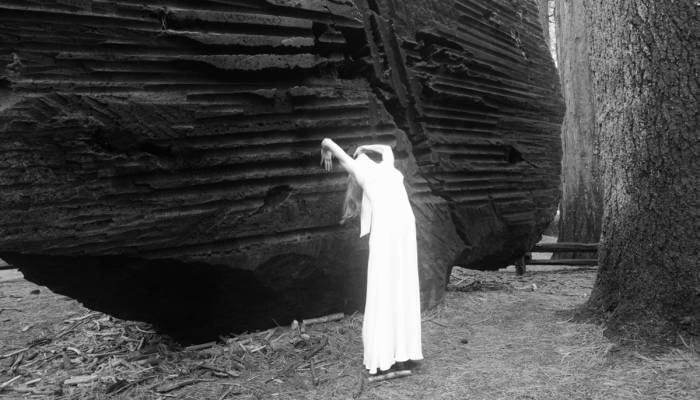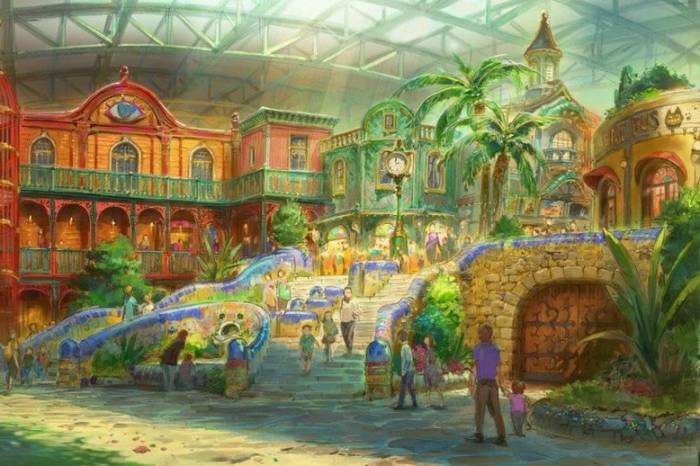Machines of the Island: A Bestiary of the Impossible
A group of artists and engineers created a fantastic world of machines worthy of the imaginations of Da Vinci or Jules Verne.
On the banks of the Loire River, in the former shipyards of the French port of Nantes, Les Machines de l’île (The machines of the island), is an ambitious and colossal project by Francoise Delaroziére and Pierre Orifice. A surreal space, it’s at once fanciful and monumental.
The project consisted of the design, construction, and animation of machines and enormous mechanical sculptures that move thanks to their complex constructions. Each was created by a team of experts in engineering, carpentry, blacksmithing, programming, scenography, and the arts. An intricate world, it might well have been born from Leonardo da Vinci’s designs or Jules Verne’s novels. The latter, in fact, was born in Nantes and has had an immense historical influence on the local imagination.
Such fantastic machines couldn’t have been born elsewhere. Nantes, in addition to being Verne’s hometown, is also considered the birthplace of steampunk. This was broadly a retro-futuristic sci-fi literary subgenre, which emerged in the late 1970s and early 1980s. The stories that form part of the literary current are usually unfolded in a context where steam technology predominates and are often placed in Victorian-era England, at the height of the Industrial Revolution. Evidently, the subgenre took Jules Verne, as well as H.G. Wells, as starting points. Even today, it echoes in Verne’s hometown.

The project’s creators, Delaroziare and Orifice, founded the space more than a decade ago with government support, having carried out other urban planning projects in Nantes. Both come from the performing arts world, and have been involved in all its levels, from administration, to management, and stage design. Their colossal designs, machines that are also mechanical beasts, include a mammoth that loads a house onto its back, giant spiders, birds carrying baskets into which people can climb, among many others. Each of these amazing artifacts is operated by a human machinist, who brings the machine to life.
The idea was beautifully implausible: an old shipyard (open to the general public), home to these impossible machines. Moreover, visitors can attest to the process of building these mechanical beings, something which allows a glimpse into the amount of work and talent required for them to come to be. In a world where immediacy surrounds us, the project is a reminder, a vibrant fantasy, that collaboration and imagination can only lead to a magical outcome.
Images: 1) Guilhem Vellut – Creative Commons 2) Nantes Culture & Patrimoine – Creative Commons
Related Articles
When ancient rituals became religion
The emergence of religions irreversibly changed the history of humanity. It’s therefore essential to ask when and how did ancient peoples’ rituals become organized systems of thought, each with their
Larung Gar, the valley that is home to thousands of Buddhist monks
If we think about the monastic life it is very probable that we think about solitude, seclusion, silence and a few other qualities whose common denominator is the appropriate isolation for mediation
Dialogue with the Dalai Lama on science and spirituality
The Dalai Lama has been interested in science since he was a child. Over the years he’s visited many laboratories and has attended conferences that discuss consciousness from the scientific point of
A New Year's resolution for the earth
Worrisome quantities of waste are generated by human populations. Especially in cities, these have reached unprecedented and alarming levels. A largely uncontrolled practice, it affects everything on
The Dark Mountain Project: or how literature can confront ecocide
One impulse from a vernal wood May teach you more of man, Of moral evil and of good, Than all the sages can. Wordsworth, “The Tables Turned” (fragment) Words are elementary. The only reason we can
Are there no women in the history of philosophy?
Do only men philosophize? This could sound like a silly question, but if we quickly review the names of philosophers, from Aristotle to Slavoj Žižek, it would appear to be an exercise that is
Things that are about to disappear: photography as environmental conservation
Cristina Mittermeier is the founder of the International League of Conservationist Photography (iLCP), and is at the front of a modern movement to use photography with environmental purposes. Her work
Architecture And Music; An Affair That Acts On The Matter
A composition is like a house you can walk around in. — John Cage Perhaps music, more than the art of sound, is the art of time. That’s why its communion with space, and architecture, is so often so
Psycho-geography (On The Ritual Casting of a City)
Mrs. Dalloway walked down the streets of London guided by an “internal tide” that made her stop somewhere, enter a store, turn at the corner and continue her journey, as if she were adrift. La dérive
A Theme Park Inspired by Hayao Miyazaki is About to Open …
One of animation’s most spectacular exponents, Hayao Miyazaki, is the artist who transformed the direction of traditional animation forever.










